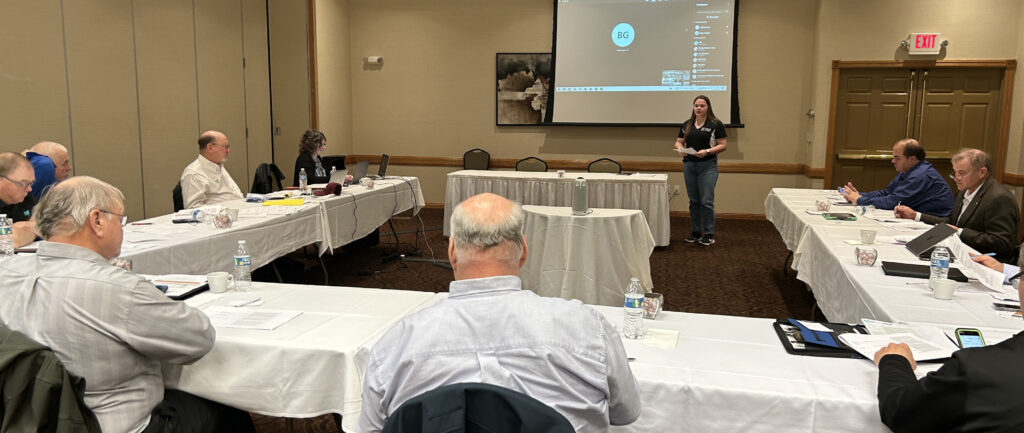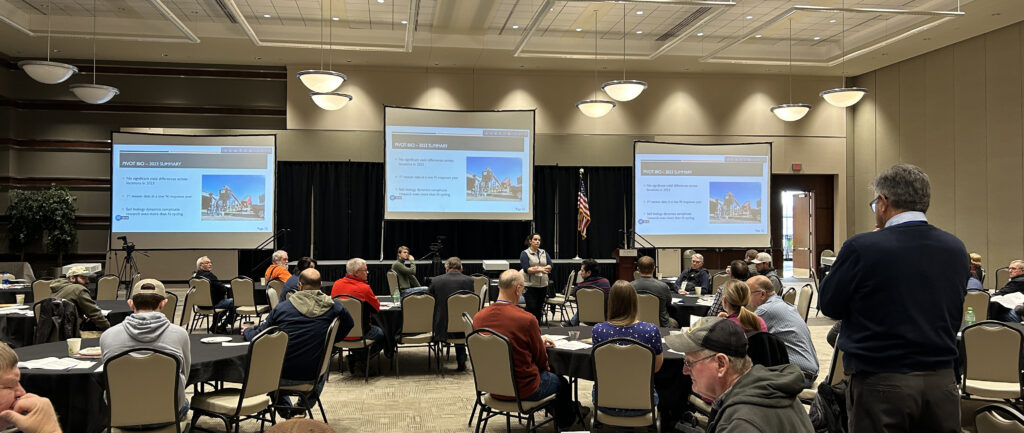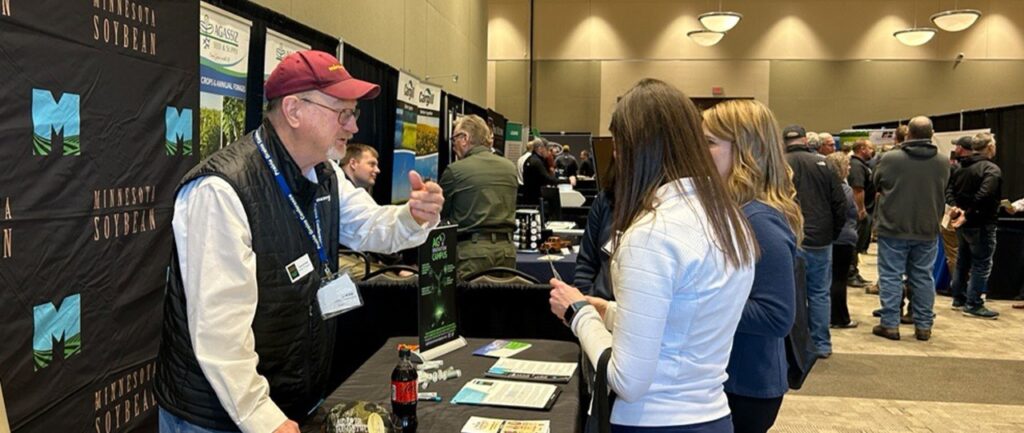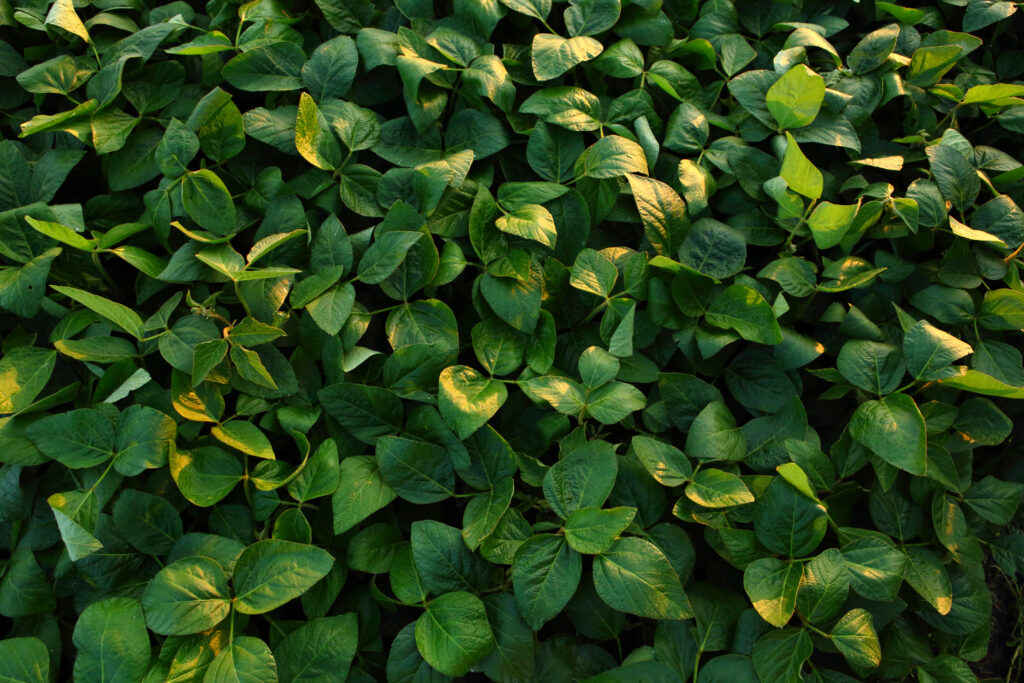
The topic of white mold and soybean aphids came up earlier this week. While certain farms are having problems with these pests, neither is as prevalent across Minnesota as they have been in years past. Which formulates the question, why?
When you examine the pest triangle, the explanation is somewhat simple. We haven’t had the right environment. While conditions across the state have been somewhat moist, it has been too warm for either white mold or soybean aphid populations to grow at an extremely rapid rate. These conditions are better for the host plant (soybeans) to optimize growth, and less than optimal for the pest.
Research from the University of Minnesota, shows Soybean aphid development is best between 77 and 86°F, with the optimal temperature estimated to be 82°F, at which time from birth to first reproduction was predicted to be 4½ days. At temperatures between 68 and 86°F, the pre-reproductive period takes five to seven days before aphids start giving birth to nymphs. Nymphs exposed to higher temperatures of 95°F did not complete development, never produced offspring, and all died within 11 days. However, at temperatures between 68 and 86°F, a soybean aphid population can double in size every 1.5-1.9 days.
White Mold (Sclerotinia sclerotiorum) is a very common soil borne pathogen affecting a lot of plant species. When soils are shaded, moist and cool (40-60°F), the pathogen located within the top two inches of the soil profile can germinate to produce apothecia, which may infect the plant through the flowers. Infection is favored by cool maximum daily temperatures (lower than 85°F) and moisture from rain, fog, dew or high relative humidity. A dense canopy during flowering (growth stages R1 through R3) can provide an ideal microenvironment for white mold development. High temperature (>85oF) inhibits white mold infestation.
Will white mold or soybean aphids become a problem in your fields? It depends; things change. Once the plant is past R6 growth stage, the opportunity for either pest to economically affect soybean production becomes limited. However, every field is different. If daily maximum temperatures stay warm (greater than 90 degrees Fahrenheit), the beans will still grow, while conditions for either pest will be less than optimum. But this is Minnesota. If you don’t like the weather, hang around, it will change. Consequently, my advice is to scout, scout some more, oh and by the way, scout.







